Christmas among early pioneers
The early Swedish pioneers in North Dakota found ways to celebrate Christmas the traditional way.
-
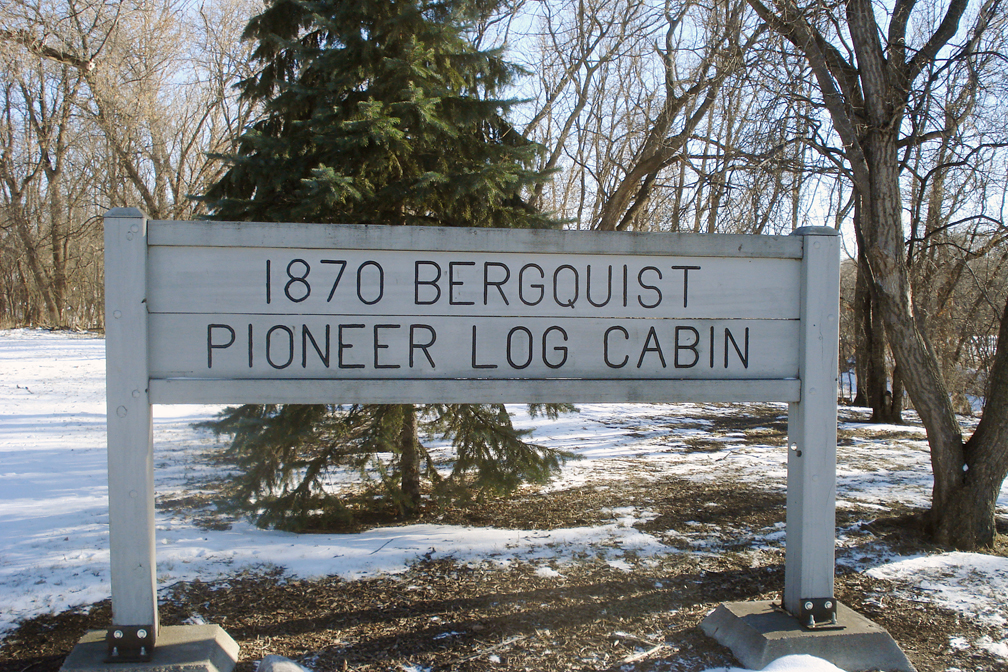 he Bergquist Pioneer Cabin...
he Bergquist Pioneer Cabin... -
-
After the Civil War, a growing stream of Swedish immigrants followed the path of the railroad northwestward from Minnesota's Twin Cities. In late 1870 the railroad reached the east bank of the Red River in Moorhead, Minnesota, and by spring 1871 it crossed the river and reached Fargo, North Dakota and continued on west.
-
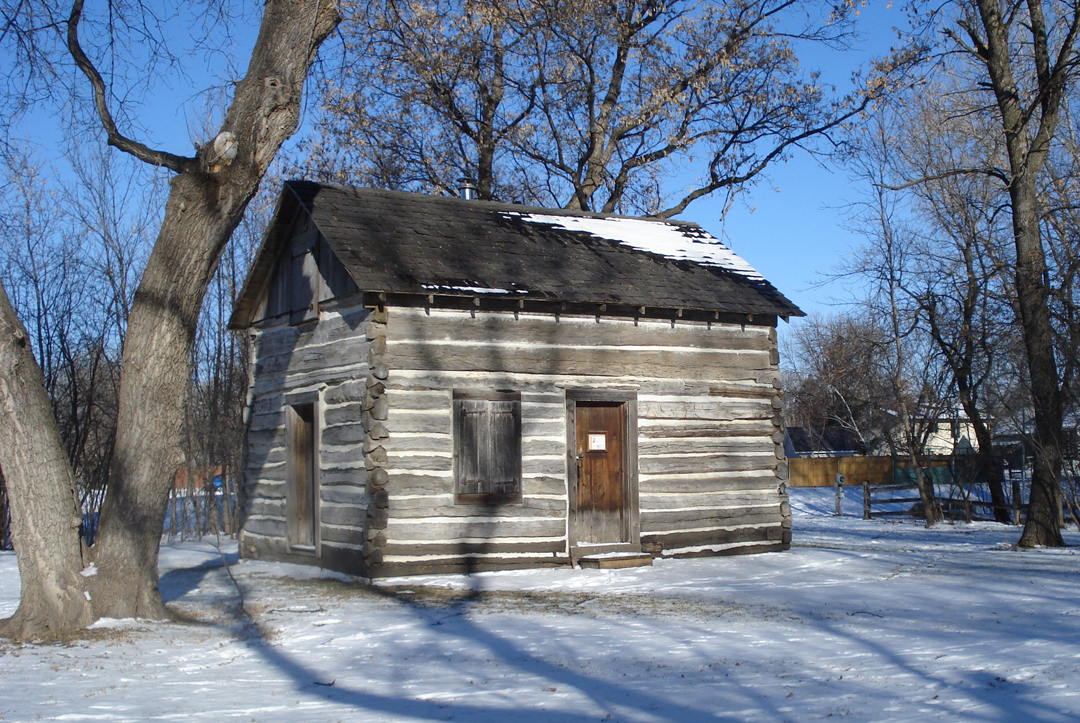 ..the first dwelling in Moorhead, Minnesota. It is on a rise near the Red River and does not flood.
..the first dwelling in Moorhead, Minnesota. It is on a rise near the Red River and does not flood. -
-
In February 1871, the first small group of Swedish pioneers founded a settlement near Harwood, North Dakota at the confluence of the Maple and Sheyenne rivers about ten miles northwest of Fargo. This is a particularly rich agricultural area. One of these settlers, John Halsten, raised a large family whose branches can now be found all over the country. His famous daughter, Stella Halsten Hohncke (1892-1989), was a noted poet who left a remarkable narrative of early Swedish pioneer life in the settlement.
-
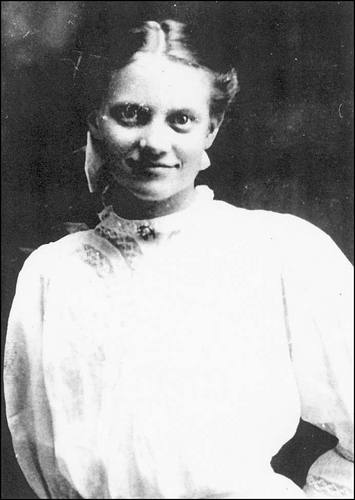 Swedish American author Stella Halsten Hohncke
Swedish American author Stella Halsten Hohncke -
These early settlers established Maple Sheyenne Lutheran Church in 1878, the first Augustana Synod church in North Dakota. Like their fellows all over America, these Swedish pioneers gave up their language and culture, and their feeling of belonging in order to enjoy the social mobility, political freedom and prosperity of America. But they missed their homeland and its many happy traditions.
-
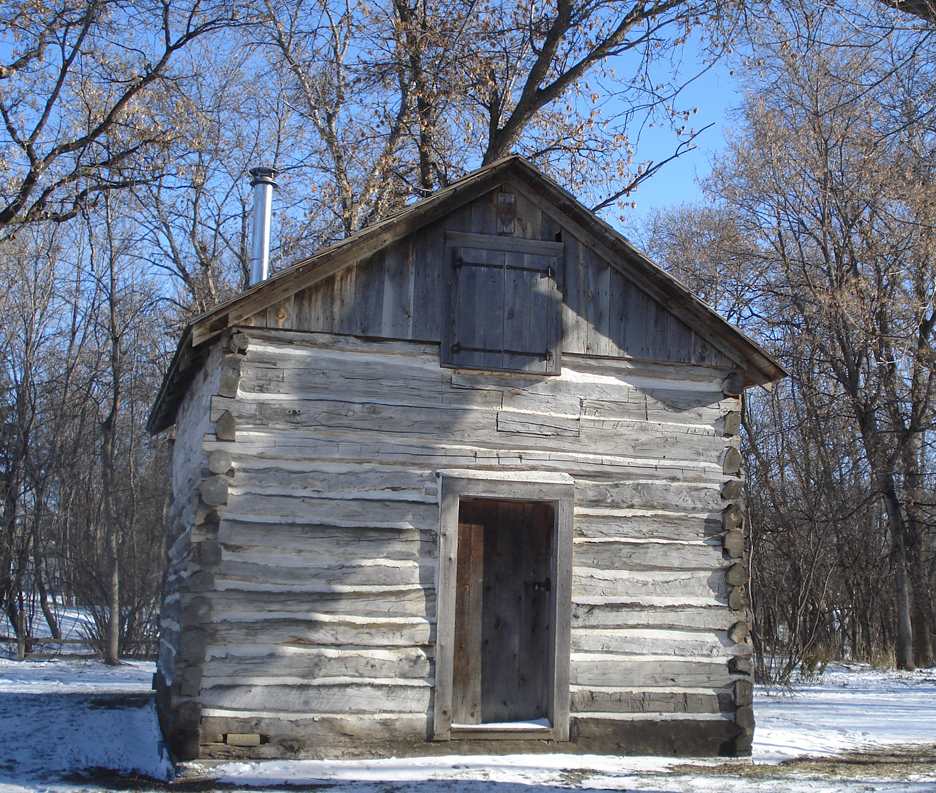 The Bergquist Pioneer Cabin—the first dwelling in Moorhead, Minnesota. Photo: James Kaplan
The Bergquist Pioneer Cabin—the first dwelling in Moorhead, Minnesota. Photo: James Kaplan -
The longing for everything they had left behind was particularly intense at Christmas; after all, it's the senses of smell and taste that have the strongest emotional grip on memories: They ached for cardamom, saffron, cinnamon, pine, ham and candles. But in every wound there is a healing, and in the Swedish-American church, the pioneers were both Swedish and American, speaking their language, singing their hymns and celebrating a traditional Christmas.
-
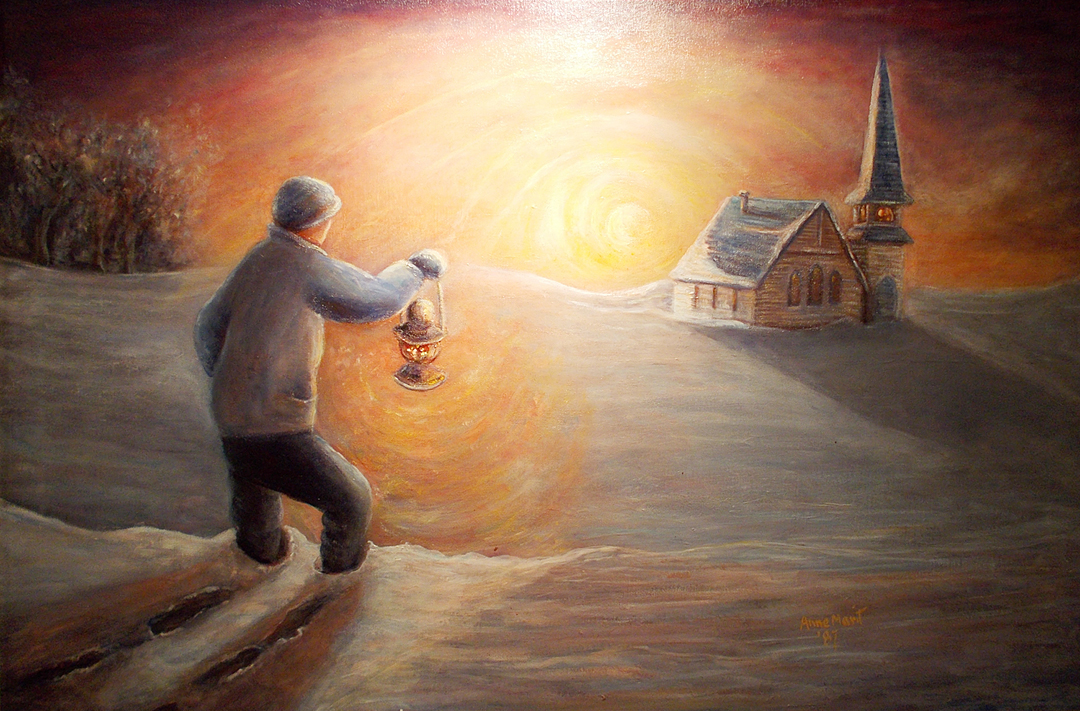 “The Light of the World” by North Dakota artist, Anne-Marit Bergstrom of Devils Lake.
“The Light of the World” by North Dakota artist, Anne-Marit Bergstrom of Devils Lake. -
Stella Halsten Hohncke describes Christmas in their home on the banks of the Maple River:
-
“Another Old Country custom was the ringing of the church bell at 5 o’clock on Christmas Eve. That started Christmas. The people listened to hear it ... and they pause to hear in their memory the sound of the Christmas bell ... Christmas Eve was a very special time. ‘Lutefisk’ was not on the market as a commercial product. In those days a fish was purchased at the store. Then a washtub was filled with water; ashes from the stove were added. This created a lye and the fish was soaked in this solution for three weeks. This involved frequent changes of water and ashes. The menu on Christmas Eve also included meatballs plus mashed potatoes, vegetables of some kind and boiled rice. There would also be a treat, a glass of homemade wine made from the juice of wild grapes that grew in the woods ... Then Father would bring out his book of sermons and we would sit and listen to a sermon which did seem so long. But eventually, we could light the candles on the Christmas tree and there might even be a gift. The candles were real ones and no one thought about any danger from fire.”
-
The heart of the Christmas celebration in the Swedish settlements was the Julotta service early on Christmas Day. Many Swedish pioneers scattered across the forests and plains of Minnesota and North Dakota made great sacrifices to arrange and attend Julotta. Stella recounts: “There was always a 6 o’clock service on Christmas morning. To prepare for the service, Father, the sexton of the parish, would get up at 3 o’clock, walk across the frozen fields to reach the church and replenish the fire in the big sheet iron stove. Then at 5 o’clock the bell pealed to awaken the people for the Christmas service. I think Father received a salary of $25 a year but his was truly a service of love.”
-
A well-known North Dakota artist, Anne-Marit Bergstrom of Devils Lake, has immortalized this scene of John Halsten trudging across the snow early on Christmas morning. Her inspiring painting “The Light of the World,” is widely known as the Mona Lisa of the North Dakota Swedes.
Another important tradition in the Christmas celebration was the Children’s Festival. Stella writes: “Each child was given a piece to speak or a song to sing. At the end of the program each kid got a sack of candy and an apple. Even farm girls expected to have a new dress for Christmas." -
Despite this rather laconic description, the Children’s Festival left a vivid impression on Stella, and years later she wrote a poem about it:
-
I can remember when I was a child
And it was Christmas time,
The Christmas program in our church
And we thought it was fine.
We wore our Christmas dresses
With finery complete,
And when the name was called, each one
Got up and spoke a piece. -
How carefully we learned our lines;
We made a little bow
And spoke each word so loud and clear
As teacher told us how,
And each child got an apple
With a bag of candy sweet,
And oh, those Christmas programs
Made our happiness complete. -
The years have passed in swift array,
In memory’s release
Are thoughts of Christmas programs
At which I spoke a piece. -
I still am speaking pieces
And I just want to say
I wish you a Merry Christmas
And a Happy New Years Day. -
Stella continues her description of the Christmas celebration: ”Through Christmas week there was visiting among the neighbors. Some of the young people would dress up in crazy costumes and go around the neighborhood and have fun. This was 'Juleboken.' The Christmas season lasted for 13 days.”
-
It is noteworthy that if one collects many accounts of early Christmas celebrations in Swedish pioneer settlements the features are very similar.
An anthropologist could probably draw interesting conclusions from the fact that in Worcester, Massachusetts or Austin, Texas or Kingsburg, California or Harwood, North Dakota the Swedish Christmas traditions were so alike. Moreover, the fact that hundreds of thousands of Swedish Americans over several generations in widely scattered places observed these customs must have left traces, sometimes subliminal, on their attitudes, values and thoughts. There is indeed a subtle, inexplicable but real link between these customs: singing "Var Hälsad Sköna Morgon Stund," dipping in the kettle, making Lucia buns and pepparkakor, eating herring and meatballs, leaving sheaves for the animals, dancing around the Christmas tree and the acquisition of values. -
These customs are the vehicles for passing on and perpetuating values like family, faith, education, achievement, integrity: values that have always characterized the Swedish American community. When you spend time with your children and grandchildren, enjoying the sounds and smells and tastes of Christmas, you are performing a valuable service, perpetuating your values in them, just as your parents and grandparents perpetuated their values in you.
Stella Halsten Hohncke lived to be 97, and although she was blind and deaf toward the end of her life, she was still able to witness to the glory of God in her poetry, still “speaking pieces.” -
MILLER’S DELIGHT
by Stella Halsten Hohncke -
I remember the days of my childhood
When clothing was made from a sack,
With Miller’s Delight on the front side
And Certain to Bake on the back. -
No silk or rayon in our budget;
We washed the flour sacks clean,
And made petticoats, pants and pajamas,
All worn with the air of a queen. -
For those were the days of our childhood
When things were simple and sure,
Deep rooted as our convictions
And clothing was made to endure -
I like to remember those old days
When clothing was made from a sack
With Miller’s delight on the front side
And Certain to Bake on the back. -
By James M. Kaplan Ph.D.
Professor Emeritus of French
Minnesota State University Moorhead -
Quite a landmark ... The Bergquist Pioneer Cabin—the first dwelling in Moorhead, Minnesota. It is on a rise near the Red River and does not flood. This area is still called Oak Grove (of course Fargo didn't exist then). The Swedish settler Bergquist went across the ice-covered river with his oxen and cut down oak trees on the Fargo side, and brought the logs back across to Moorhead and built his cabin. Over the years they kept adding wings and additions to this place until it was like a nut in the middle of a truffle. About 30 years ago all the wings were removed, and there it was, the intact original pioneer log cabin. It was in this cabin that Bergquist read a sermon and the Christmas story to his family before they lit the candles on the Christmas tree and ate a dinner of lutefisk and meatballs. Early on Christmas morning they went to church, probably in a horse drawn sleigh, to Julotta at Bethesda Lutheran Church in downtown Moorhead.
-
-
